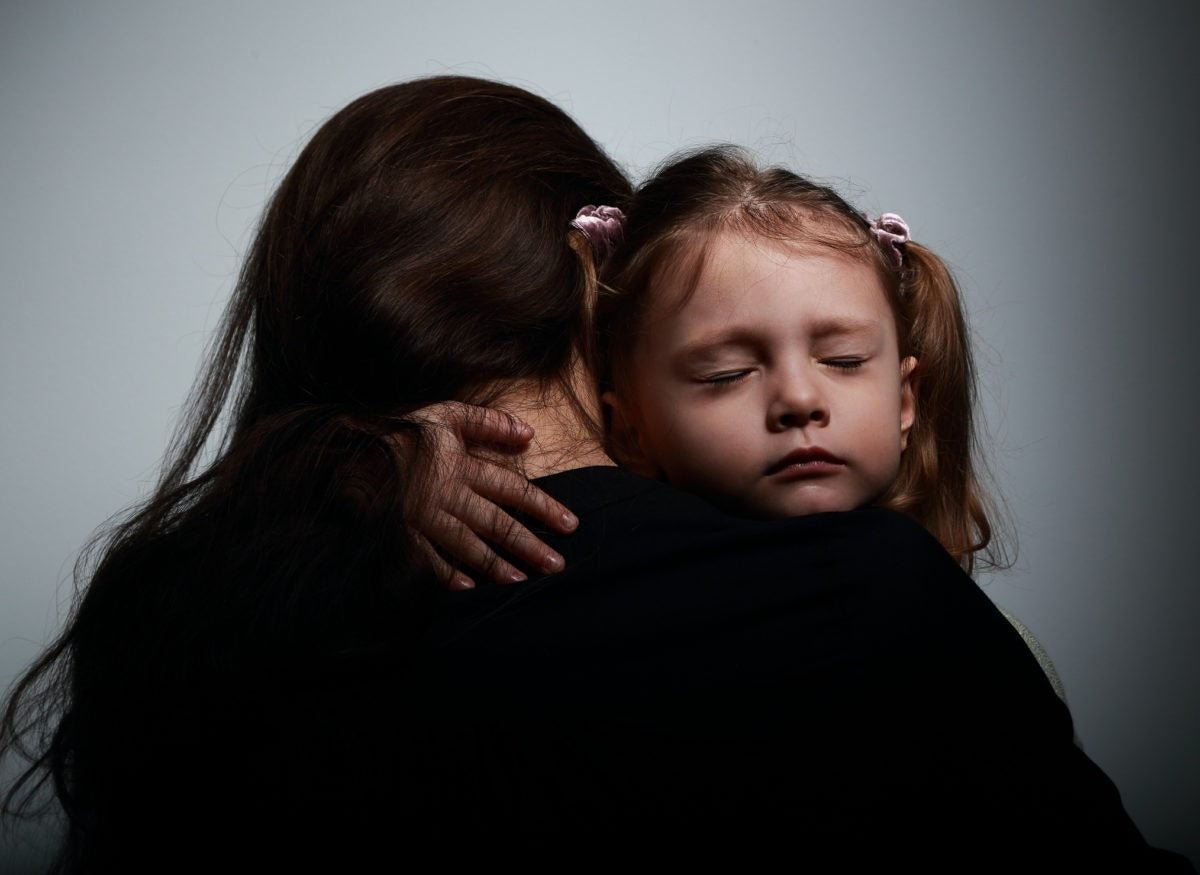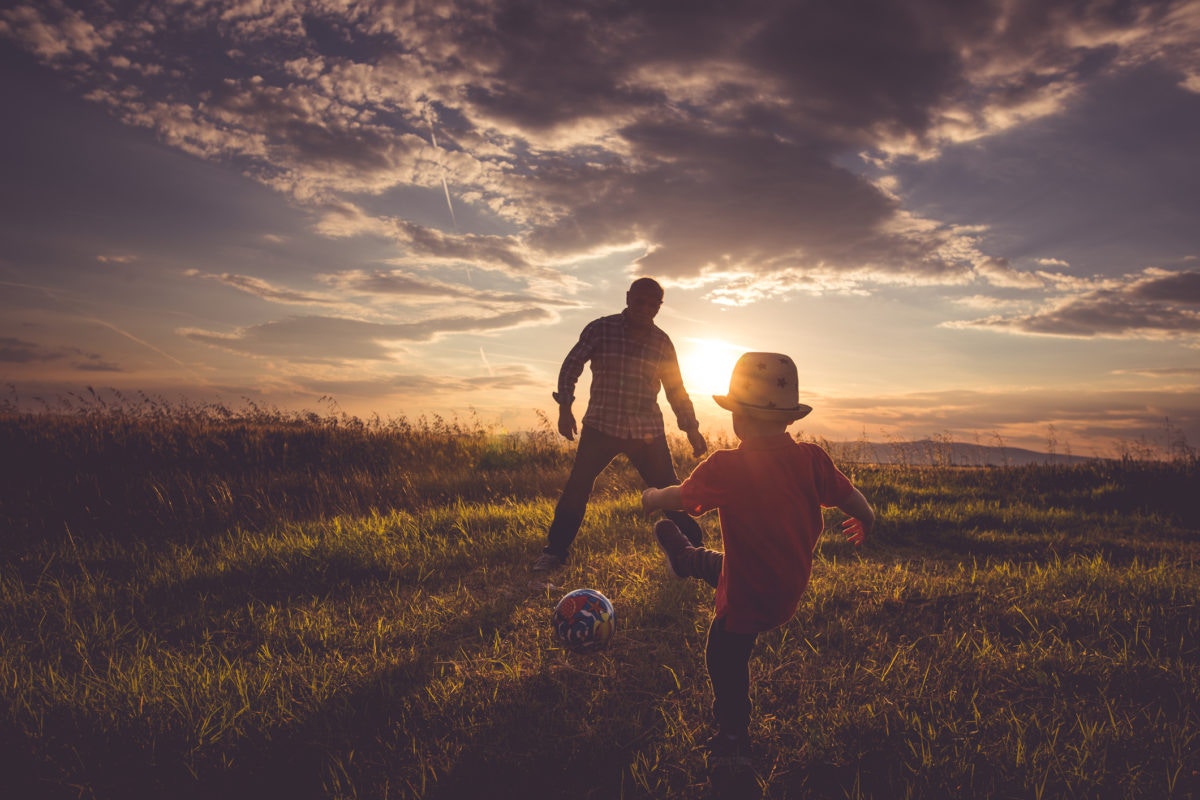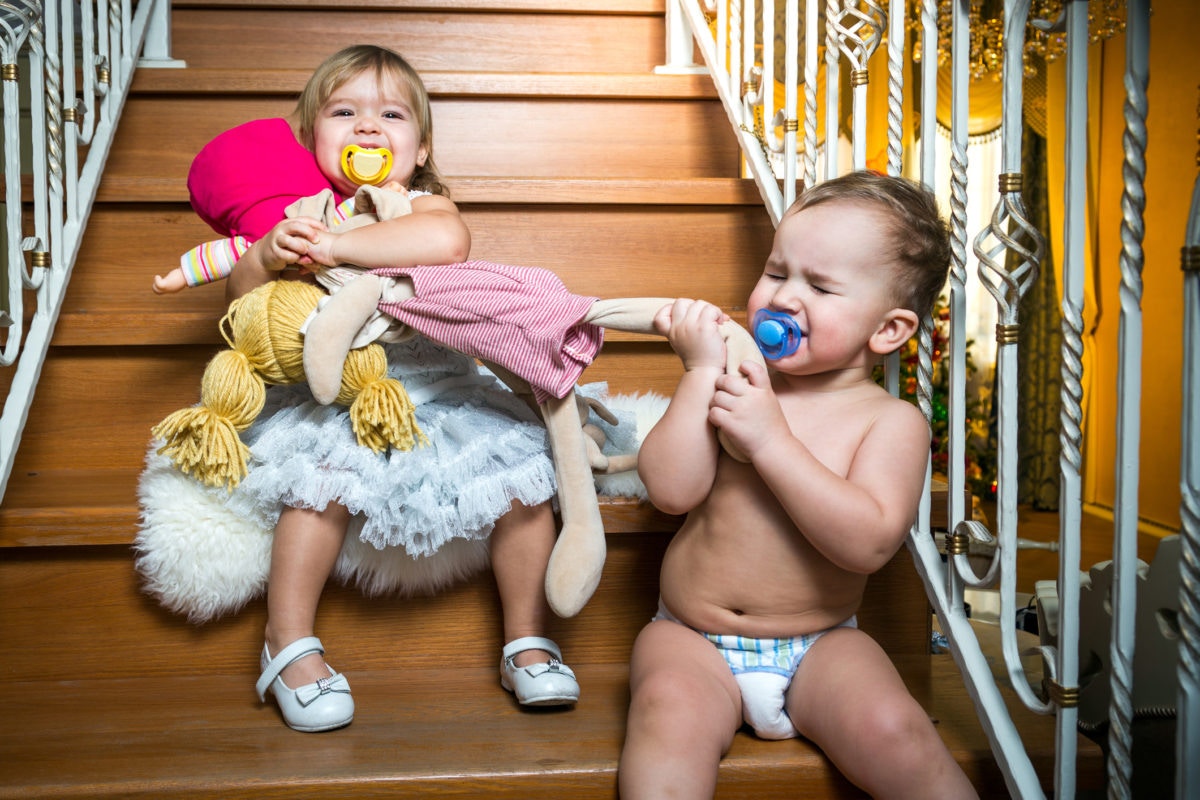Last fall, as our beloved family dog faded quickly into his final weeks, I tried to prepare my children gently for his passing. It seemed unfair that they would have to endure this flagrant loss in the very same year during which their parents had separated and were heading for divorce.
With one hit still fresh and our recovery scarcely in progress, we were faced with a stark and painful illustration of how significantly our family was changing.
At first, I wanted desperately to protect my children – if one narrow column of time could bulge with such excess grief, then what would my children begin to believe about the rest of their lives, sprawled out before them like an open, lawless range?
The end was inevitable, of course. Our dog was 13 years old, ailing, and miserable – visibly ashamed by all the accidents he was having in the house, by all the falling down, by the not getting up again. He was still my dog, my loyal pard, but he was not my dog anymore.
I found a veterinarian who would perform euthanasia at home; I tried to use the time leading up to our appointment wisely.
I talked to my children in the morning, snuggling under blankets on the couch while I sipped my coffee and reflected, out loud, that death was the sad underside of the things we loved. I didn’t mention the appointment for euthanasia – that concept, I thought, was more than they could bear. I only told them that our dog was sick, and that his death was imminent. I brought it up at dinner, in the car on the way to piano lessons, while reading books before bed.
“It’s coming and it’s awful, but it’s going to be okay,” I said. It was a common refrain that particular year.
For my four year-old son, it helped when we spotted death as a natural part of life wherever we could. One afternoon in late September, we sat together outside on the patio.
“You see that tree out there, buddy? The dead one?” I asked, pointing to a slender elm at the back of the yard, silenced by disease.
“Yeah, I do,” he said, “The one that’s naked, you mean?”
I nodded.
“So leaves are clothes for trees?” he imagined.
“Yes,” I said, “and that one doesn’t need them anymore.”
I explained that the tree’s body was no longer working and it might fall on its own, but its roots would always remain in our soil.
In contrast, my older two children entered the maze of grief in their own ways. My 11-year old daughter simply wanted to turn back time and allow our dog to be a puppy again. My eight-year old son wanted me to please stop talking about it and let it be over with – he had only the exit sign in mind.
What were any of us supposed to be feeling and doing during that time? Anything, really.
Standing in the middle of grief is agony, but if we step back and look over it – a corn maze in autumn, if you will – it is only the process of transition between the living and the dying of something we love. It has both an entry and an exit point, with a myriad of routes from one to the other. Around each corner lies yet another component: anger, sadness, despair, and even love at its most overwhelming, for when we lose a thing, or decide we must let it go, we begin to see its value more clearly. Grief evolves, therefore, over time. As a mother, I am grateful for this simple fact.
Together, my children and I recorded our pup’s paw print, first with poster paint, and then with a plaster mold. Neither project emerged perfectly: capturing an outline of a dog’s paw in any medium is like trying to catch everyone smiling using a camera obscura. It didn’t matter – the project itself was part of our process of letting go.
Finally, when the dog’s last full day was upon us and my children were all tucked away at school, I began to focus on my own process. How much time could I actually spend that day, lying next to my old friend, cradling his head, draping my leg over his side, sobbing?
I had ordered a set of palm-sized memory stones, each of them etched with a paw print on one side and our dog’s name on the other. I laid all five stones on the kitchen floor in front of him. Curious, he sniffed them, wetting each one with his velvety nose. An hour later, the veterinarian arrived, and a quarter of an hour after that, it was over.
When our children came home that day and their father and I told them our dog was gone, they began to buckle and wail. We held them – on the floor, on the couch, wherever they landed – all five of us awash.
Then, we remembered: once, I had to break him out of the dog pound with a carpool of preschoolers in tow. Twice, he got his head stuck in a garbage can.
We laughed, and I offered everyone a memory stone. Our youngest child took his and closed his fingers around it. Each of our three children could drop their stone into a pocket, bring it in the car, tuck it under a pillow. They were tactile, intimate charms that my children would carry with them everywhere, as the grieving do. They would each do so, that is, until such time as they didn’t need to anymore.



